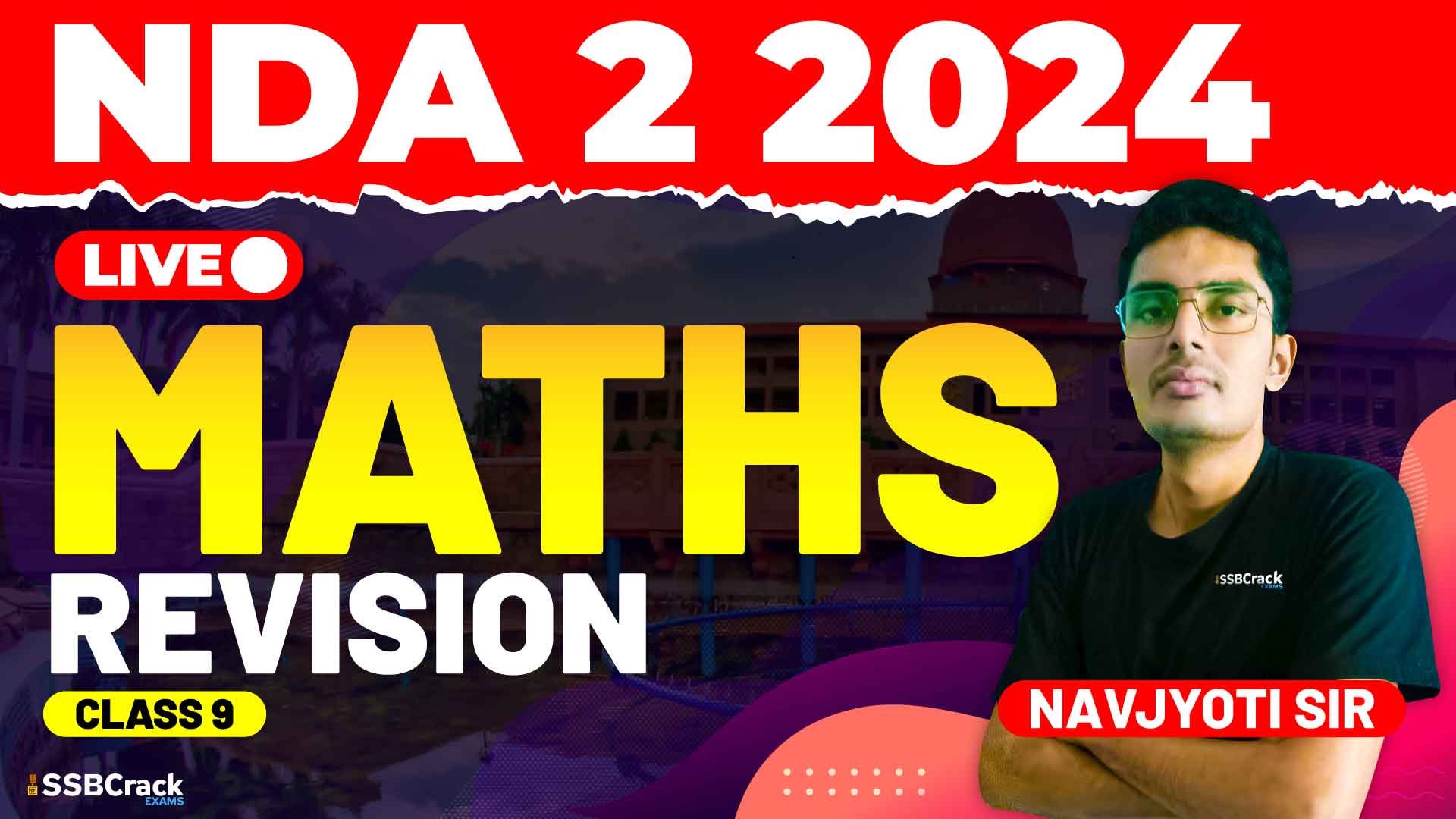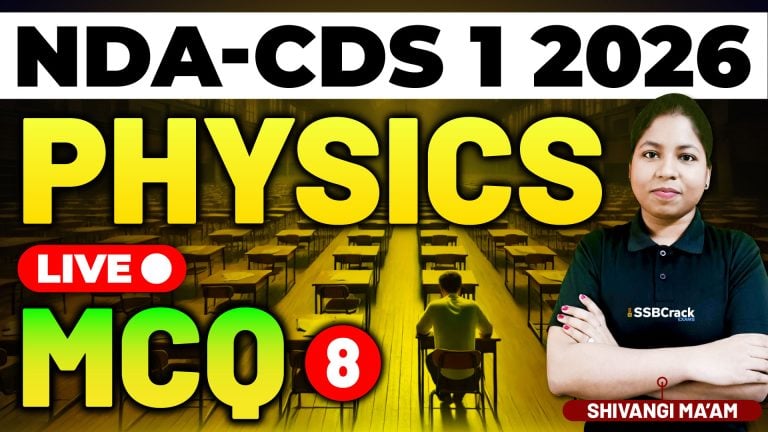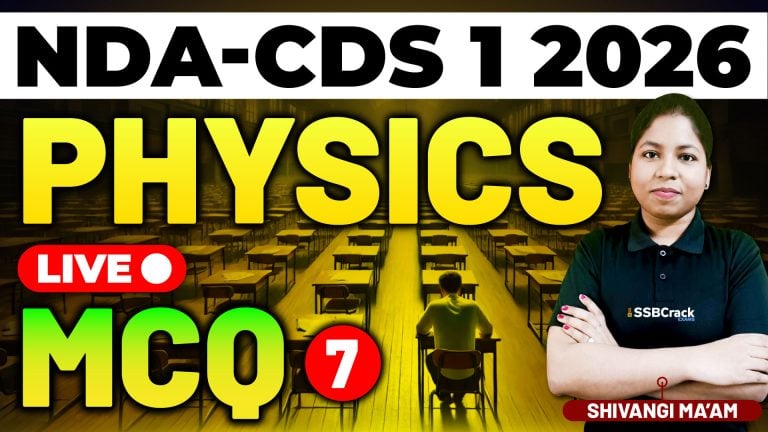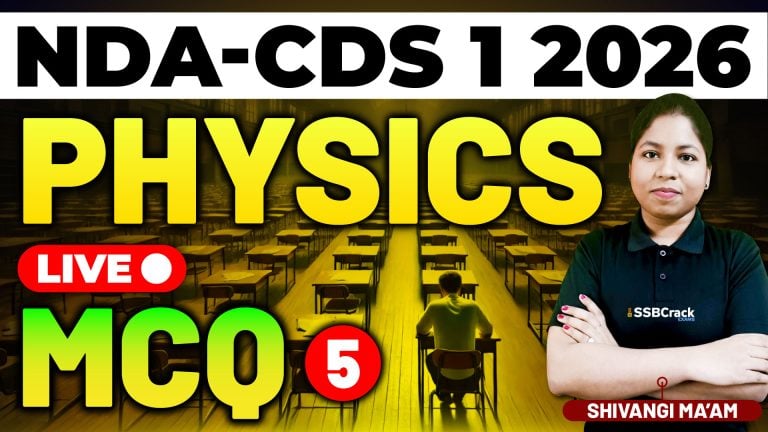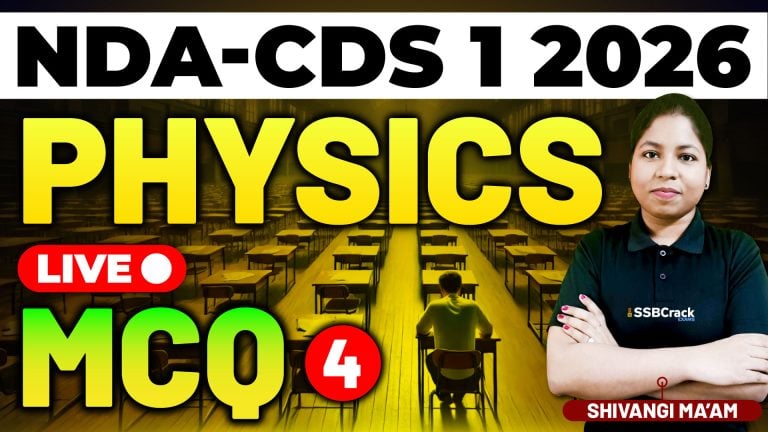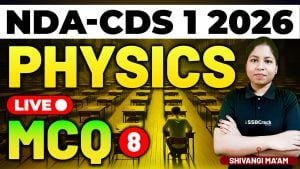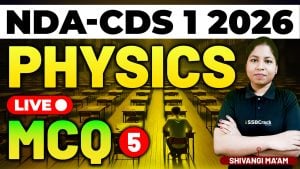Preparing for the NDA-NA Exam, particularly Paper-I Mathematics, requires a solid understanding of various mathematical concepts, including Matrices and Determinants. These topics form the foundation for many advanced concepts in linear algebra and are frequently tested in competitive exams like NDA-NA. In this article, we’ll explore the key concepts discussed in a recent Multiple Choice Question (MCQ) practice-based revision class and offer strategies to approach questions on Matrices and Determinants effectively.
Understanding the Basics: Matrices and Determinants
Matrices and Determinants are fundamental mathematical tools used to solve systems of linear equations, among other applications. Here’s a brief overview:
- Matrices: A matrix is a rectangular array of numbers arranged in rows and columns. The numbers in a matrix are called elements. Matrices are categorized by their dimensions, such as a 2×2 or 3×3 matrix, which denotes the number of rows and columns.
- Determinants: The determinant is a scalar value that can be computed from the elements of a square matrix. It provides valuable information about the matrix, including whether it is invertible. A matrix with a non-zero determinant is invertible, while one with a zero determinant is not.
Key Concepts Covered in the Revision Class
The revision class covered several critical sub-topics within Matrices and Determinants. Here’s a summary:
- Matrix Operations: This includes addition, subtraction, and multiplication of matrices, as well as finding the transpose and inverse of a matrix.
- Types of Matrices: Different types of matrices such as square matrices, diagonal matrices, identity matrices, and zero matrices were discussed.
- Determinants: Calculation of determinants for 2×2 and 3×3 matrices was a focal point, along with properties of determinants which help simplify calculations.
- Applications of Determinants: Solving systems of linear equations using determinants (Cramer’s Rule) and understanding the geometrical interpretation of determinants in terms of area and volume.
Approaching MCQs on Matrices and Determinants
When it comes to solving MCQs on Matrices and Determinants in the NDA-NA Exam, there are several strategies that can help you maximize your efficiency and accuracy:
- Strengthen Your Basics: Make sure you have a strong grasp of the basic operations on matrices and the calculation of determinants. This foundation is crucial as more complex questions build on these basic principles.
- Memorize Key Properties: Many questions can be solved quickly if you remember key properties of matrices and determinants. For instance, knowing that the determinant of a product of matrices is the product of their determinants can save time.
- Practice with a Variety of Problems: MCQs can range from straightforward calculations to more complex problems involving multiple steps. Practice solving a variety of problems to get comfortable with the different types of questions that may appear in the exam.
- Use Elimination Techniques: In multiple-choice questions, sometimes it’s quicker to eliminate incorrect options than to solve the problem fully. For example, if a question asks for the determinant of a matrix and you know the determinant must be non-zero, you can eliminate options with a zero value.
- Be Wary of Tricky Questions: Some questions might include matrices that are singular (non-invertible) or involve properties like the determinant being zero. Recognizing these traps can help you avoid common mistakes.
- Time Management: During the exam, it’s important to manage your time efficiently. Start with questions you find easier or those that require direct application of concepts. Leave more time-consuming questions for later.
- Review Past Papers: Go through past NDA-NA exam papers to familiarize yourself with the pattern of questions on Matrices and Determinants. This will also help you understand the weightage given to this topic and the difficulty level you can expect.
- Clarify Doubts Early: If you’re unsure about any concept or problem type, seek clarification early in your preparation. Unresolved doubts can become stumbling blocks during the exam.
Common Pitfalls to Avoid
In the rush to solve problems quickly, it’s easy to make mistakes. Here are some common pitfalls to watch out for:
- Misinterpretation of Questions: Read the question carefully. Sometimes, a minor detail (like a matrix being singular or a determinant being zero) can significantly change the approach you need to take.
- Calculation Errors: While the concepts in Matrices and Determinants are straightforward, the calculations can be prone to error, especially in determinant expansion. Double-check your work to avoid simple arithmetic mistakes.
- Overcomplicating Problems: Some students tend to overcomplicate problems by trying to apply advanced methods when simpler ones would suffice. Stick to the basics unless the question clearly requires a more complex approach.
- Neglecting Properties: Many questions can be solved more efficiently by applying properties of matrices and determinants rather than brute-force calculations. Ensure you are familiar with these properties and know when to apply them.
Conclusion
The topic of Matrices and Determinants is a vital part of the NDA-NA Mathematics syllabus. Success in this area requires not just understanding the theory but also developing the ability to apply these concepts quickly and accurately in an exam setting. Regular practice, combined with the strategies outlined above, will help you approach these questions with confidence.
Remember, the key to mastering MCQs on Matrices and Determinants lies in a balance between speed and accuracy. Focus on strengthening your fundamentals, practice diligently, and approach each question with a clear strategy. With these preparations, you’ll be well-equipped to tackle this topic in the NDA-NA Exam.
